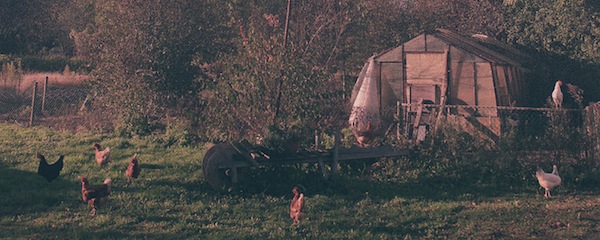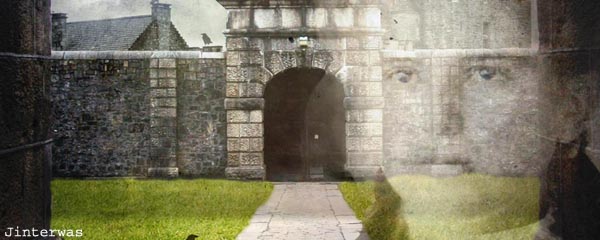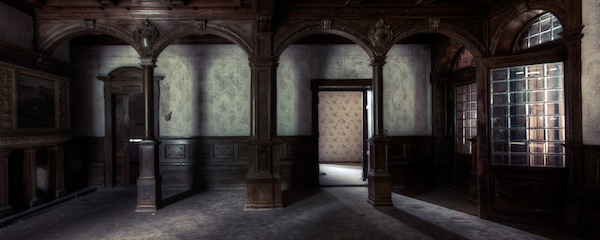
photo by Michael Kötter
by Marcella O’Connor
In 1993, The Aubane Historical Society published A North Cork Anthology. Elizabeth Bowen’s name was included and then crossed out. It was not enough for the editor, Jack Lane, to simply neglect to include Bowen in the anthology. He felt the need to add her name just to make a point of kicking her out. To Lane, Bowen’s Anglo-Irish heritage meant that she was not Irish enough for the Irish canon, despite her family’s generations-long history in county Cork.
Reading criticism of Bowen’s work, it becomes clear that her identity is a far from settled matter. She is described variously as Irish, Anglo-Irish, British and English. This ambiguity extends to her body of work as well. She is read as chronicler of Anglo-Irish culture and a writer of sensibility who writes women’s fiction in the comedy of manners style. More recently, her work has been read as gothic, Sapphic and even surreal, but this kind of nuance has been a long time coming. Because Bowen couched her literary experimentation in realism, critics during her own lifetime often missed her engagement with modernism completely and wrote her work off as frivolous women’s fiction that should not be taken seriously. Obviously, sexism played a part in this oversight. It is strange to consider that anyone could read Bowen’s work closely and think of it as conventional.
From the very beginning of her career, Bowen’s writing was experimental. Born in 1899, in Dublin, Bowen grew up with the twentieth century. She started writing fiction while living in England in her twenties, which happened to coincide with the rise of many avant-garde art movements. Those years after the First World War are remembered as the age of manifestos, jazz, talkies, psychoanalysis, urbanisation, new technology and social change. Bowen’s work engages with all of these things.
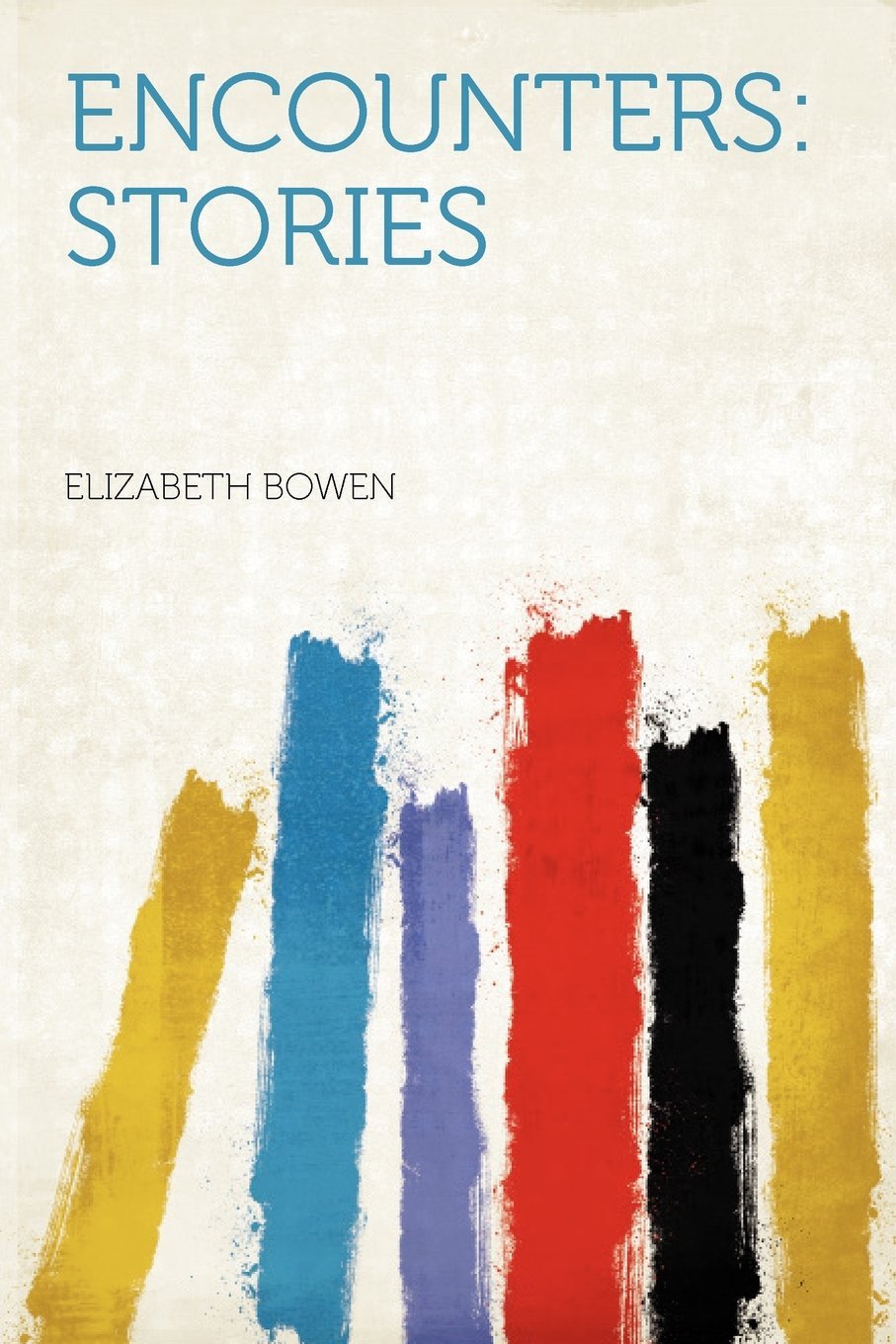 Her first collection, Encounters: Stories, was published in 1923 and a clear current of strangeness runs through the veneer of realism. ‘The New House’, from this collection, is a particularly strong example of the ways in which a story can be both realist and experimental at the same time.
Her first collection, Encounters: Stories, was published in 1923 and a clear current of strangeness runs through the veneer of realism. ‘The New House’, from this collection, is a particularly strong example of the ways in which a story can be both realist and experimental at the same time.
On the surface, ‘The New House’ is a clear-cut story about two people moving house. Herbert comes home to the new house he has bought for himself and his sister, Cicely, after their mother’s death. He arrives to darkness because the gas is not working yet. Cicely has been unpacking and arranging the furniture with the maid and she asks Herbert if she can take some of the furniture, which was left to her. Herbert cannot grasp what she means because they are, in his mind, both planning to live in the house he has just bought. Herbert reacts to Cicely’s request for the furniture by invoking their poor mother. When he does this, Cicely tells him to look at the house, although ‘she was aware that her quick speech shattered what should have been a little silence sacred to the memory of the dead’.
Herbert’s ownership of the house is both connected with his mother and couched in implicitly sexual terms:
Every step of Herbert’s through the disordered house was a step in a triumphal progress. Every echo from the tiles and naked boards derided and denied the memory of that small brick villa where he and Cicely had been born, where their mother’s wedded life had begun and ended; that villa now empty and denuded, whose furniture looked so meager in this spaciousness and height.
The naked floor boards here emphasise the emptiness of the house. During this scene, the three characters also often express surprise at the size of the house, even though it’s hard to see in the dark, again highlighting its emptiness. This emptiness is key in providing Herbert with blank space to project onto. The personification of the houses in the above passage – with ‘naked’ boards, and ‘denuded’ by the characters’ move – fits with Freud’s idea of the house standing in for the womb. In moving from his mother’s house/womb, Herbert has phantasically killed her and he continues to deny and deride her memory. The nakedness of a house that Herbert connects with his mother adds an incestuous note that Bowen plays on further as the story continues. Herbert, who has transferred his feelings for his mother to Cicely, phantastically lashes out at Cicely by imaginatively replacing her with another sister: ‘He contrasted her with buxom Emily. Emily would have known how to make her brother comfortable. But, of course, Emily had married.’
Although their mother is dead, she has a presence in the house that verges on ghostly yet never crosses into the supernatural:
“I’m sure mother did want us both to be happy,” said Cicely, peering over the banisters. Herbert felt eerily as though she were deferring to the opinion of some unseen presence below them in the darkness.
Here we can see the way Bowen’s gothic is distinct from the nineteenth century tradition she draws from. The effect is psychological, rather than supernatural, which is appropriate for a story written when English translations of Freud were just coming into fashion.
In Herbert’s mind, Cicely is aligned with the mother figure and she also acts as a kind of caregiver for Herbert as she keeps house for him. Herbert cannot separate inner and outer reality. He cannot separate being annoyed or frustrated from being annoyed at her: ‘Cicely was a fool: he’d teach her!’ This inability to separate inner and outer reality manifests as hostility toward the house:
At the root of his malaise was a suspicion that the house was sneering at him; that as he repudiated the small brick villa so the house repudiated him; that Cicely and the house had made a pact against him, shutting him out.
Herbert sees the house sneering at him as a threat to his masculine identity. He attempts to counter being shut out of the womb by dominating the house, while invoking the phallic symbols of wealth and class status:
He was no bourgeois and no parvenu. He, Herbert Pilkington, was good enough for any house bought with his own well-earned money. He pushed savagely against the panels of the drawing-room door.
Further keeping with Freud’s idea of the house as a womb, when Herbert savagely pushes into the largest room of the house and starts planning to buy a piano, Cicely says that the room needs children. Here, Bowen plays again on the incestuous undertones of the story when Herbert considers the ‘impropriety’ of the suggestion, but this is resolved when Cicely explains that she is leaving to get married and only plans on staying long enough to help Herbert through the move. Herbert is angry that she is going to marry and can only think about his own loss of the furniture. Cicely claims that the furniture, which she inherited from their mother, was instrumental in preventing her from marrying before the move: ‘Why, even the way the furniture was arranged at No. 17 held me so that I couldn’t get away. The way the chairs went in the sitting room. And mother.’ It is as if the mechanisms of repression have become physically manifest as the items of furniture.
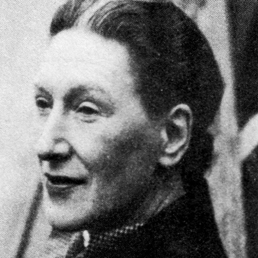 For his part, Herbert is enraged at the idea of being abandoned by Cicely. When he invokes his mother once more, ‘He was stabbed by the conviction that [Cicely] should be saying all this to him’. Again, he fails to distinguish between the outer Cicely and his own inner reality.
For his part, Herbert is enraged at the idea of being abandoned by Cicely. When he invokes his mother once more, ‘He was stabbed by the conviction that [Cicely] should be saying all this to him’. Again, he fails to distinguish between the outer Cicely and his own inner reality.
The only way Cicely can calm him down is to suggest that he can also get married, saying, ‘Yes, you don’t want the family to die out, do you, after you’ve made such a name for it, done such fine big things?’ With this statement, Cicely co-opts the phallic symbols earlier deployed by Herbert to imply that his masculinity is impotent without an appropriate feminine counterpart, in this case a wife rather than a sister or mother.
When Cicely leaves the room, she is ‘suddenly superior, radiant and aloof; his no longer, another man’s possession.’ As Herbert accepts that he needs a wife, and that it is still possible that he can marry, the room is transformed in his imagination. It is no longer the dark, empty, dead womb of his mother. Rather, Bowen’s description becomes vital and strikingly yonic:
He saw the drawing-room suffused with rosy light. Chairs and sofas were bright with the sheen of flowered chintzes, hung about with crisp and fluted frills. Over by the fire was the dark triangle of a grand piano; the top was open and a woman, with bright crimpy hair, sat before it, playing and singing. “A pretty, cheery wife.” There was a crimson carpet, soft like moss, and a tall palm shadowed up towards the ceiling. Muffled by the carpet he heard the patter of quick feet. The little girl wore a blue sash trailing down behind her, and there was a little boy in a black velvet suit. They could do very well without Cicely’s escritoire.
Everything — the flowers, the red and pink colours, the curly hair, the black palm shadow, the piano as an open black triangle and the carpet that muffles — suggests that Herbert imagines the room as the female reproductive organs. Furthermore, the piano he had earlier imagined as part of his masculine domination of the house becomes feminised in the room of his imagination, connecting artistic creativity to procreation.
While a cursory reading of ‘The New House’ might lead a person to mistake it for a straightforward, realist story about a brother and sister moving house, a closer reading reveals that it is actually a radical literary experiment where the setting is used to tell the story of a man’s phantom pregnancy.
This story appeared in Bowen’s earliest book and, as any reader of Bowen will tell you, Bowen’s fiction only got more experimental as her career progressed. In light of this, it seems absolutely bizarre that her fiction could ever have been reduced to conventional realist fiction or deemed narrow in scope.
Luckily, the last decade has heralded a Bowen revival. Modernist scholars have taken hold of Bowen’s oeuvre and are kept busy reading her work through the lenses of postcolonialism, queer theory, deconstructionism and other paradigms. The complexity of Bowen’s artistic project means that her work lends itself to a variety of approaches. She is considered a master of the short story — even critic Harold Bloom acknowledges that she is among the best short story writers of the twentieth century — but it has taken a long time for critics to make sense of her legacy and to do justice to her body of work.
